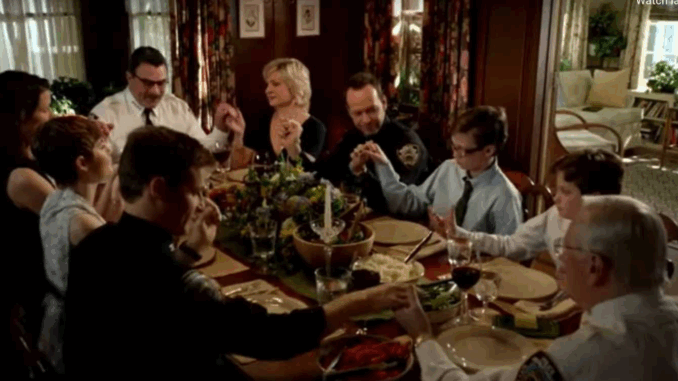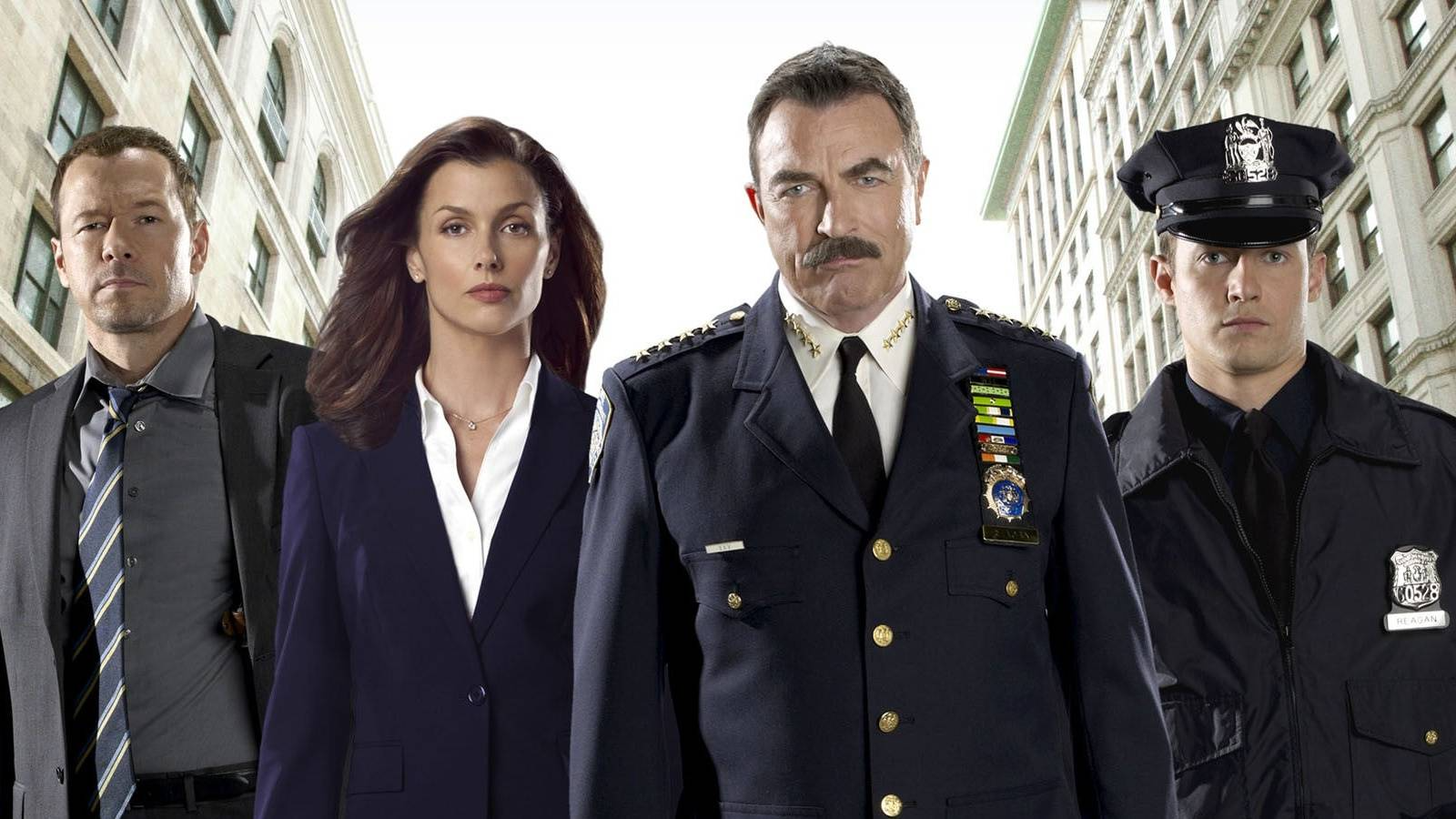
In an era where TV shows come and go like passing trends, Blue Bloods stands tall as one of the longest-running and most stable prime-time dramas on air. But what keeps fans loyal for over a decade? Why does the Reagan family continue to attract millions of viewers every season, inspiring fan groups, watch parties, and discussions that never seem to stop?
The magic lies in the show’s unique combination of family, justice, heart, and tradition.
 Unlike most police procedurals, Blue Bloods isn’t just about catching the bad guy. It’s about exploring what justice means—legally, morally, and personally. Every episode forces characters (and viewers) to confront tough questions:
Unlike most police procedurals, Blue Bloods isn’t just about catching the bad guy. It’s about exploring what justice means—legally, morally, and personally. Every episode forces characters (and viewers) to confront tough questions:
What is the right thing to do? What is the fair thing? What is the human thing?
The Reagans rarely agree, and that’s what makes the show relatable.
There’s Danny, the emotional detective driven by instinct and loyalty. There’s Erin, the analytical lawyer who believes in the system. There’s Jamie, the calm moral compass balancing idealism with police reality. And then there’s Frank, who must carry the burden of leadership while staying true to his principles.
These conflicting perspectives create debates that mirror real-life family arguments. Fans often say watching Blue Bloods feels like seeing their own family on-screen—complete with disagreements, compromises, and meaningful conversations.
Another reason the show remains popular is its emotional honesty. When characters experience loss, heartbreak, trauma, or doubt, the writing never rushes their recovery. Danny’s grief after losing his wife Linda spans seasons. Jamie and Eddie’s relationship evolves slowly, realistically. Erin’s career struggles reflect real pressures in the legal world.
The show respects its characters—and its audience—by allowing growth over time, not forcing dramatic shifts for shock value.
Visually, Blue Bloods captures New York City like no other show. Instead of glamourizing the city, it shows it as a living, breathing place: noisy, gritty, beautiful, and unpredictable. Filming in real neighborhoods gives it a sense of authenticity that resonates with viewers.
But the biggest cultural phenomenon from the show is the Reagan dinner tradition.
Social media explodes every time a dinner scene airs. Fans post photos of their own family dinners inspired by the show, share recipes matching the meal on-screen, and create memes about Danny interrupting conversations or Frank giving another iconic speech.
The dinner table represents unity, even in conflict. It shows that family isn’t perfect—it’s committed. Viewers feel nostalgic for a ritual that many families no longer have, and Blue Bloods taps into that longing with sincerity.
Another reason the show remains beloved is its steadfast focus on values—service, duty, integrity, and mercy. In a world where media often leans toward cynicism, Blue Bloods offers something different: hope.
Not naïve optimism, but grounded hope born from resilience and moral courage.
The show acknowledges that the justice system has flaws, that police work is messy, and that families face complex challenges. Yet it consistently shows people trying to do better, trying to understand one another, and trying to serve something larger than themselves.
This emotional sincerity is why Blue Bloods maintains one of the most loyal fandoms today. Viewers don’t just watch the show—they feel connected to it.
They grow attached to the Reagans, follow their storylines with investment, debate their decisions, celebrate their wins, and cry during their losses.
Every new season feels like coming home.
